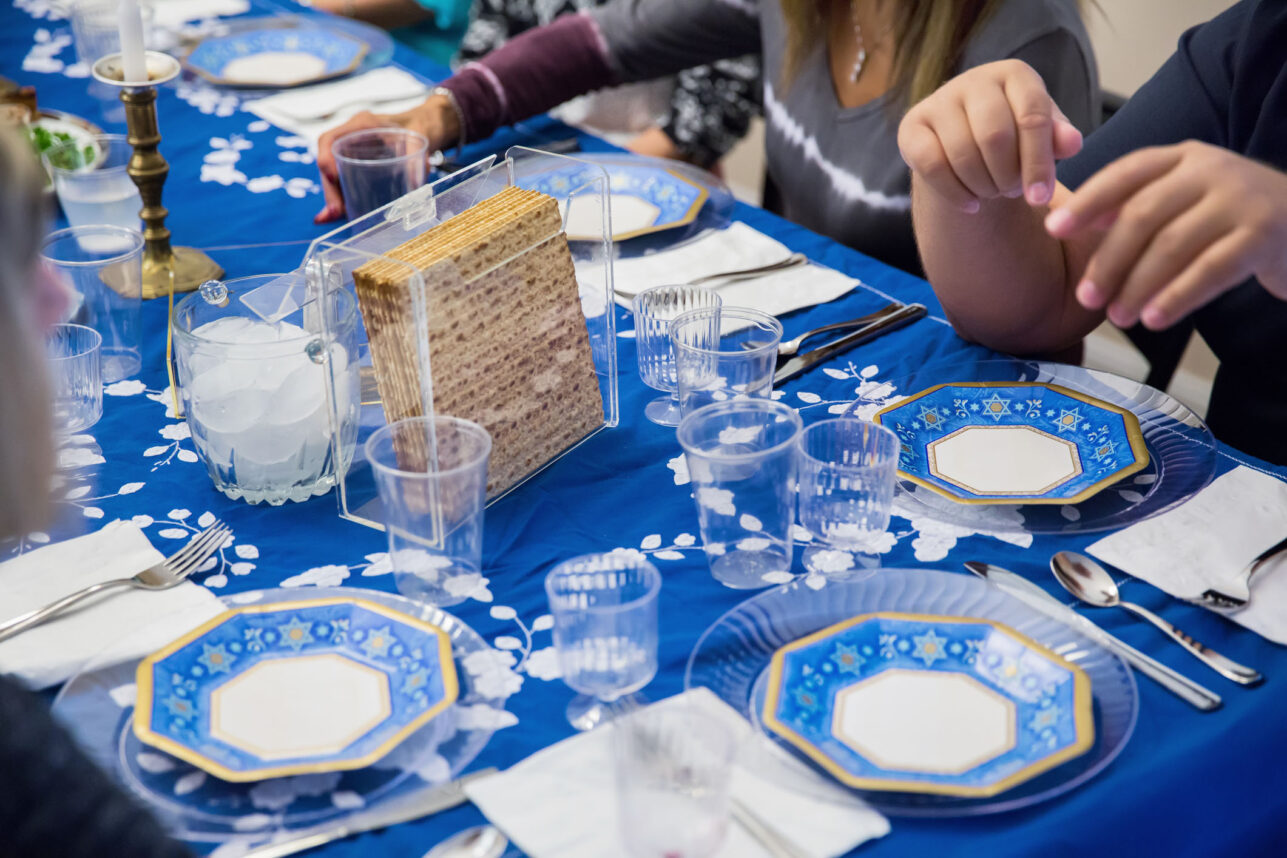“Entering the Temple of Dreams: Jewish Prayers, Movements and Meditations for the End of the Day” by Tamar Frankiel and Judy Greenfeld. (Jewish Lights Publishing, $16.95)
Jews have a long history of publishing various types of devotional literature. Historically, just as men and women lived in different religious circles, so too was devotional literature generally, but not exclusively, targeted to one gender.
During the past few years, an effort has been made to retrieve women’s devotional literature and present it to a contemporary Jewish world. Works like the late Norman Tarnor’s “A Book of Jewish Women’s Prayers” and Rabbi Nina Beth Cardin’s “Out of the Depths I Call to You: A Book of Prayers for the Married Jewish Woman” offer some of the most moving and powerful of the women’s prayer traditions, called techinot. Traditionalist Jewish publishers, such as Artscroll, have catalogues full of devotional novella, short stories, and tales recounting inspirational deeds and lives.
Frankiel and Greenfeld surely did not mean to write a women’s devotional, as such, but they seem to have caught the spirit of that form of literature.
Women’s devotional literature occupied a distinct and important area in Jewish life. In traditional society, women were more or less locked out of both the intellectual traditions of the beit midrash and the communal prayer traditions of the beit tefilah. But Jewish women even then were not passive, not content to let their intellectual and spiritual juices just quietly simmer away. Instead, through devotional literature, private prayer, home ritual and the like, they created for themselves an important and vibrant arena.
Hence women, and men writing for a women’s market, developed a devotional literature for the relatively uneducated. These women certainly knew Jewish ritual and prayer, but not in depth and not through the intensive study that the traditional Jewish world would have most boys aspire to. So a literature grew that finds an echo in Frankiel’s and Greenfeld’s book.
“Entering the Temple of Dreams” has a melange of purposes: part exegesis; part introductory mysticism; part meditation technique; part self-guide in the conduct of home liturgy, with a dash of New Age technique; Chassidic-style storytelling; and religious apologetics.
One senses two hands at work in this project, with perhaps different agendas. Frankiel, an academic, writer and active teacher in the Los Angeles Orthodox community, seems to provide the traditionalist approach. Greenfeld, apparently the model for the movement choreographed to the five-part bedtime prayers, is a cantorial soloist (and obviously not Orthodox). A point of unity seems to be a shared sense of mystical experience, a concern with dreams as a portal to mystical experience, and a common quest to find a woman’s religious voice as part of Jewish life. It is gratifying to see such collaborations across denominational lines.
In the first chapter, a conceptual framework is given, with a brief outline of how Jewish sources have viewed sleep, dreams and the like. Unfortunately, it is also the most confusing chapter, blending apologetics with citations from scientific sleep research. Sometimes the notes are more illuminating than the text. At other times, they make blanket statements without citing any source at all.
But this is not an academic or even a scholarly book. It is an attempt to reintroduce a powerful prayer ritual to an audience of spiritual seekers. As such, it draws from those components of Jewish religious life that seem to have the greatest resonance these days: mysticism and kabbalah.
For their endeavor to bring to a wider, generally uninformed Jewish population the great wonders and beauties of Jewish religious life and ritual, Frankiel and Greenfeld deserve accolades. Particularly strong are the chapter-by-chapter exegeses of the bedtime prayers: while perhaps drawing a bit too heavily from Zohar, their short, well-written and moving explanations of these five different prayers are a good introduction to the structure and sense of Jewish prayer from a Chassidic-kabbalistic perspective.
The Hebrew typesetting, translations and transliterations of the five prayers are very well done. As such, this would be an easy book to keep by the bedside precisely for what it teaches: not only how to say the bedtime “Sh’ma” but why it is not just for kids but for all of us, as we wander off into our nighttime lives of dreams, angels and wistfulness.
The book is not without its problems. The technique and psychological material reads like so many of the other free-ranging meditation, mystical, spiritualistic, New Age books that populate the self-help section of Barnes and Noble. This is a good book to read in bits and pieces, and somewhat selectively. Some of it works, but not all. Perhaps a dose of Jewish rationality, so speak, would have helped focus the book a bit better. Nevertheless, for what it does offer, Frankiel and Greenfeld give us a book that can be turned to repeatedly — in fact, nightly.






















 More news and opinions than at a Shabbat dinner, right in your inbox.
More news and opinions than at a Shabbat dinner, right in your inbox.